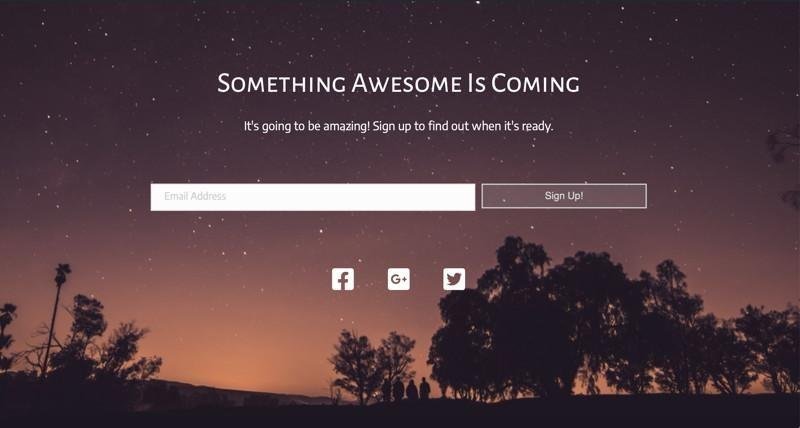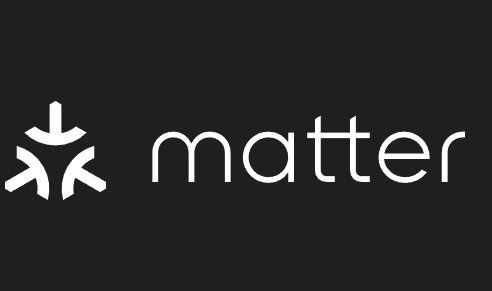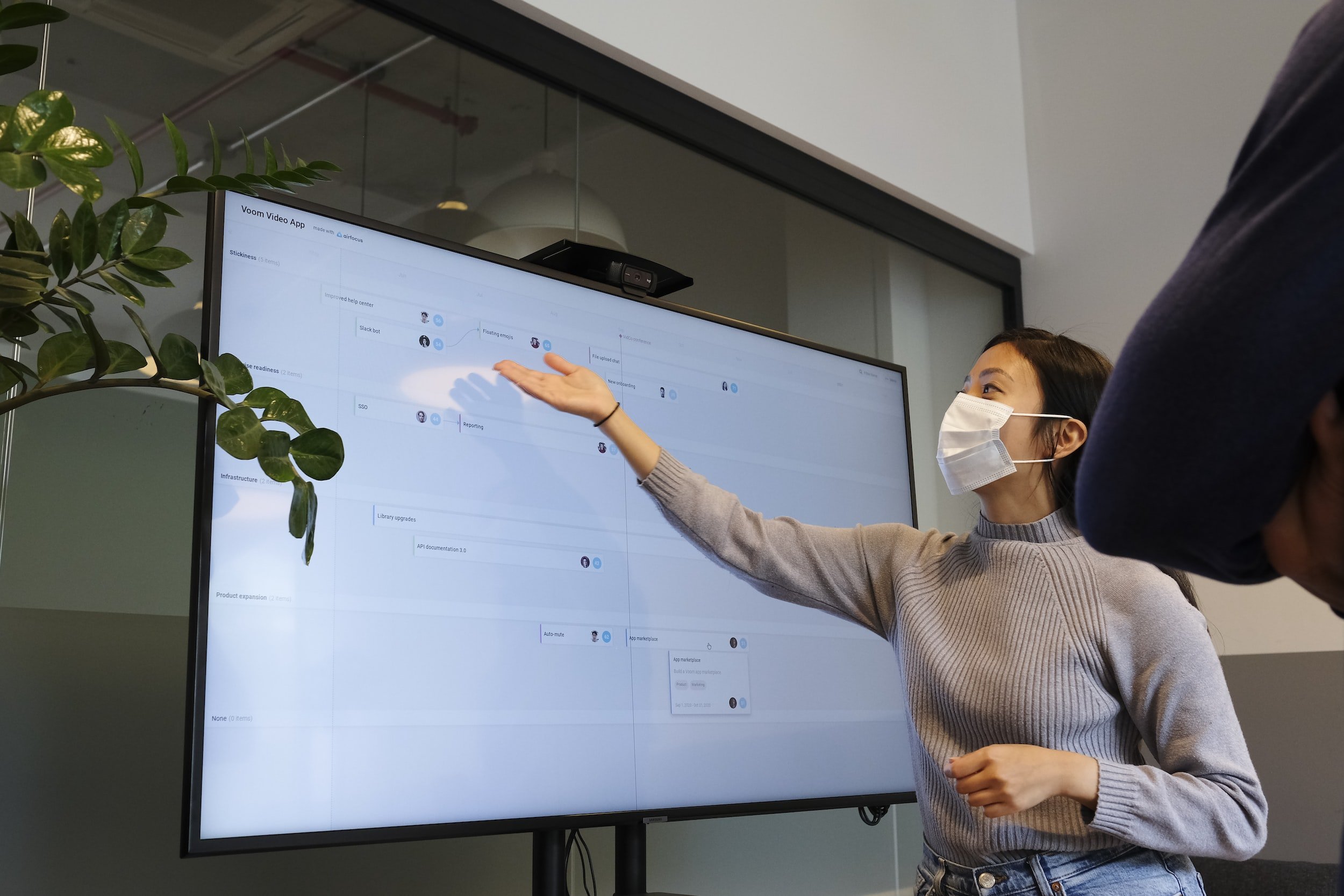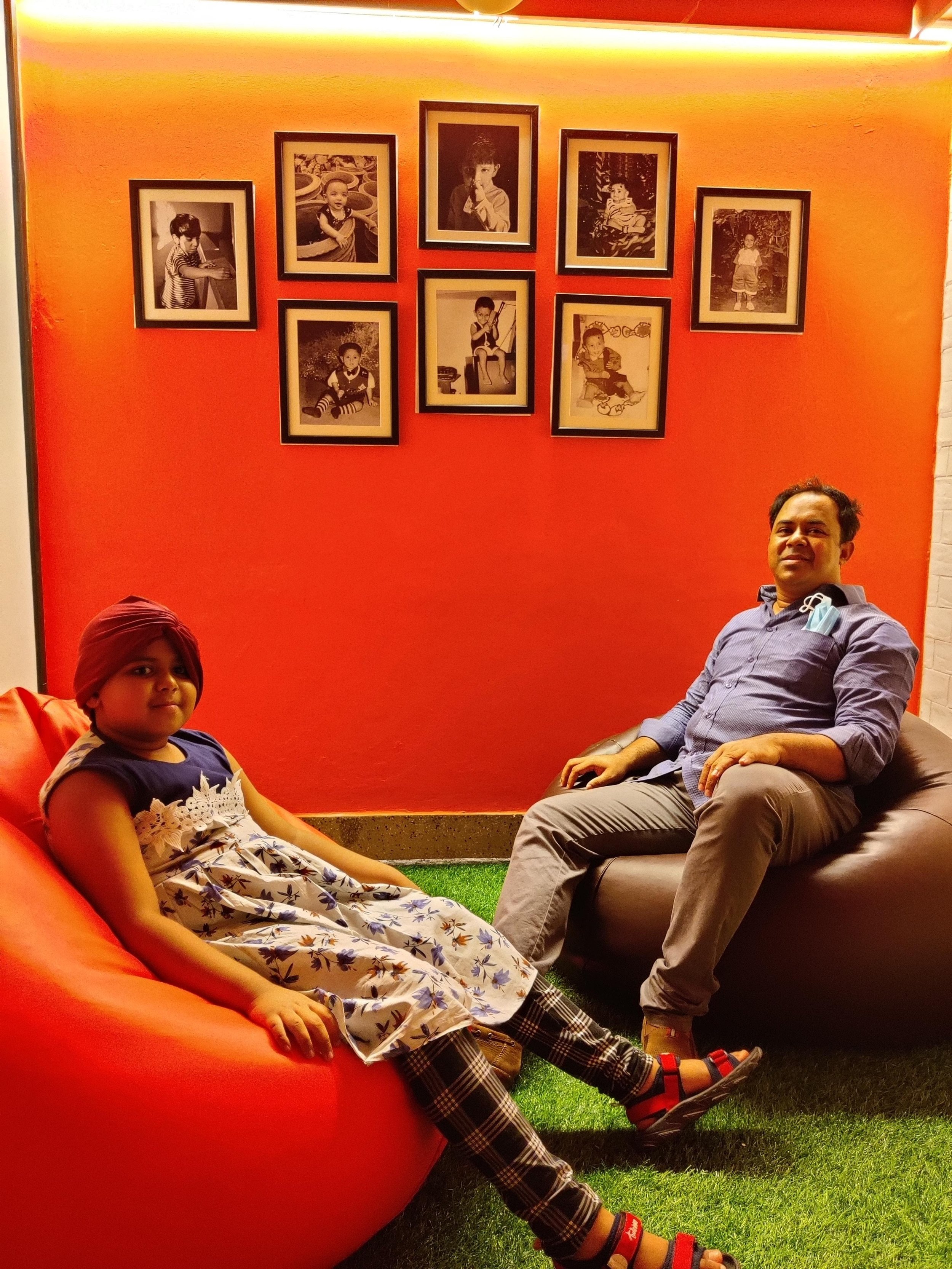How to hire software developers for startups?
/In the competitive world of startups, hiring developers can be a daunting task, especially for early-stage companies with limited resources. Established organizations often have the advantage of offering better perks and stability, making it challenging for startups to attract and retain top talent. However, many startups have found a solution by outsourcing their development needs to third-party companies. The first thing to remember when you are planning to hire software developers for a startup is the fact:
Hiring developers for startups is different than hiring developers for established companies.
The developer-startup fit
When hiring developers for a startup, it is crucial to identify how they can add value to the company not only with their tech skills but also with their ability to think out of the box, their people skills to drive motivation in the team, and with their ability to take on work that is not well defined yet somehow needs to be done!
The key skill you are looking for in a startup team is the ability to get things done - quickly. That’s really it! It really doesn’t matter how well the code is written(!), how much of it was copied and pasted from a stackoverflow answer, how bad the variable names are, etc. The only thing that matters is how quickly a developer can solve a problem. Eventually, all those issues will begin to matter, but just not at the beginning. And if you lose time using resources with skills to write beautifully written and architected code there is every chance you’ll burn through your cash before you can find the software that people actually pay for.
Here are some key reasons why startups seek to hire developers:
Setting up the Tech Stack: Startups often lack in-house technical expertise and need developers who are familiar with the specific technologies required to build their product or application.
Fast Growth: Startups operate in a rapidly changing landscape and need to quickly develop and test their ideas. Hiring a team of developers enables them to make swift progress and present a minimum viable product (MVP) to potential investors.
Staying Within Budget: Startups, especially those with limited financial resources, need to be cautious with their expenses. Selecting developers with relevant experience and skills within the startup's budget is crucial for cost-effectiveness.
Building a Strong Team: As startups grow, it becomes essential to delegate tasks and build a capable team. Hiring developers who align with the startup's goals and values ensures a solid foundation for future development.
The challenge
While the benefits of hiring developers are evident, startups face several challenges in the process:
Lack of Local Talents: The demand for IT professionals often exceeds the available local talent pool, leaving startups with limited options for recruitment. Competing with larger corporations for skilled developers becomes a tedious and costly endeavor.
Retention Benefits Competition with Large Corporates: Startups often struggle to retain developers as larger companies entice them with attractive perks and higher salaries. Losing valuable team members can cause delays and disruptions in the development process.
Financial Concerns: Hiring full-time developers entails significant financial commitments, including salaries, benefits, and upskilling expenses. Startups, operating within tight budgets, may find it challenging to sustain such costs, especially during early stages.
Hiring Issues: Startups face difficulties in hiring due to their limited brand credibility and the absence of dedicated HR departments. Finding and attracting the right developers becomes more complex, especially when time is of the essence.
Benefits of Hiring Remote Developers for Startups
To overcome the challenges of hiring developers, many startups opt to outsource or hire remote developers. Here are the benefits of this approach:
Tech Talent Availability: Outsourcing allows startups to tap into a global talent pool, enabling them to choose from a wider range of skilled developers. Countries like Ukraine offer a large pool of talented professionals, expanding the options for startups.
Faster Recruitment: Hiring remote developers for specific projects is less time-consuming compared to traditional full-time hiring processes. Startups can focus on finding developers with the necessary skills for the current project, minimizing long-term commitments.
Flexibility: Remote outsourcing provides flexibility in assembling a team with diverse expertise. Startups can select developers with specific skills required for different aspects of their development process, and easily scale the team as per workload demands.
Cost Efficiency: Outsourcing IT development can be more cost-effective for startups, particularly when operating in countries with higher local talent costs. Hiring remote developers from countries with competitive rates allows startups to optimize their budget without compromising on quality.
More Experience and Expertise: By outsourcing, startups can access developers with relevant experience and expertise in their industry or niche. These experienced professionals require less guidance, minimizing development mistakes and ensuring a smoother timeline.
Hiring developers for startups with the right fit is challenging. Hiring remote developers offer practical solutions and in many cases the only sane solution. By leveraging the global talent pool, startups can overcome limitations in local talent availability, accelerate recruitment processes, optimize costs, and benefit from experienced professionals. Understanding the motivations, challenges, and benefits of hiring developers equips startups with the knowledge to make informed decisions and build a strong development team that fuels their growth and success.















































